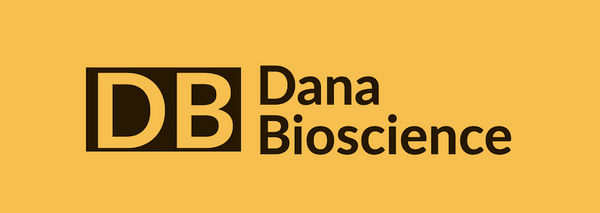ABCbiolab
SKU:ABCF01458
anti- CD84 antibody
anti- CD84 antibody
Couldn't load pickup availability
Host
Rabbit
Uniprot ID
Q9UIB8
Form
liquid
Purification
Immunogen affinity purified
Purity
>= 95%
as determined by SDS-PAGEClonality
polyclonal
Clone ID
Isotype
IgG
Storage
PBS with 0.02% sodium azide and 50% glycerol pH 7.3,-20℃ for 12 months(Avoid repeated freeze / thaw cycles.)
Background
Self-ligand receptor of the signaling lymphocytic activation molecule(SLAM) family. SLAM receptors triggered by homo-or heterotypic cell-cell interactions are modulating the activation and differentiation of a wide variety of immune cells and thus are involved in the regulation and interconnection of both innate and adaptive immune response. Activities are controlled by presence or absence of small cytoplasmic adapter proteins, SH2D1A/SAP and/or SH2D1B/EAT-2. Can mediate natural killer(NK) cell cytotoxicity dependent on SH2D1A and SH2D1B(By similarity). Increases proliferative responses of activated T-cells and SH2D1A/SAP does not seem be required for this process. Homophilic interactions enhance interferon gamma/IFNG secretion in lymphocytes and induce platelet stimulation via a SH2D1A-dependent pathway. May serve as a marker for hematopoietic progenitor cells(PubMed:11564780, PubMed:12115647. PubMed:12928397, PubMed:12962726, PubMed:16037392) Required for a prolonged T-cell:B-cell contact, optimal T follicular helper function, and germinal center formation. In germinal centers involved in maintaining B-cell tolerance and in preventing autoimmunity(By similarity). In mast cells negatively regulates high affinity immunoglobulin epsilon receptor signaling; independent of SH2D1A and SH2D1B but implicating FES and PTPN6/SHP-1(PubMed:22068234). In macrophages enhances LPS-induced MAPK phosphorylation and NF-kappaB activation and modulates LPS-induced cytokine secretion; involving ITSM 2(By similarity).
Immunogen
CD84 molecule
Synonyms
SLAMF5
Observed MW
45 kDa, 66-70 kDa
Reactivity
Human, Mouse
Tested Application
ELISA, WB
Recommended dilution
WB: 1:500-1:2000
Gene ID
8832
Research Area
Immunology
Share


